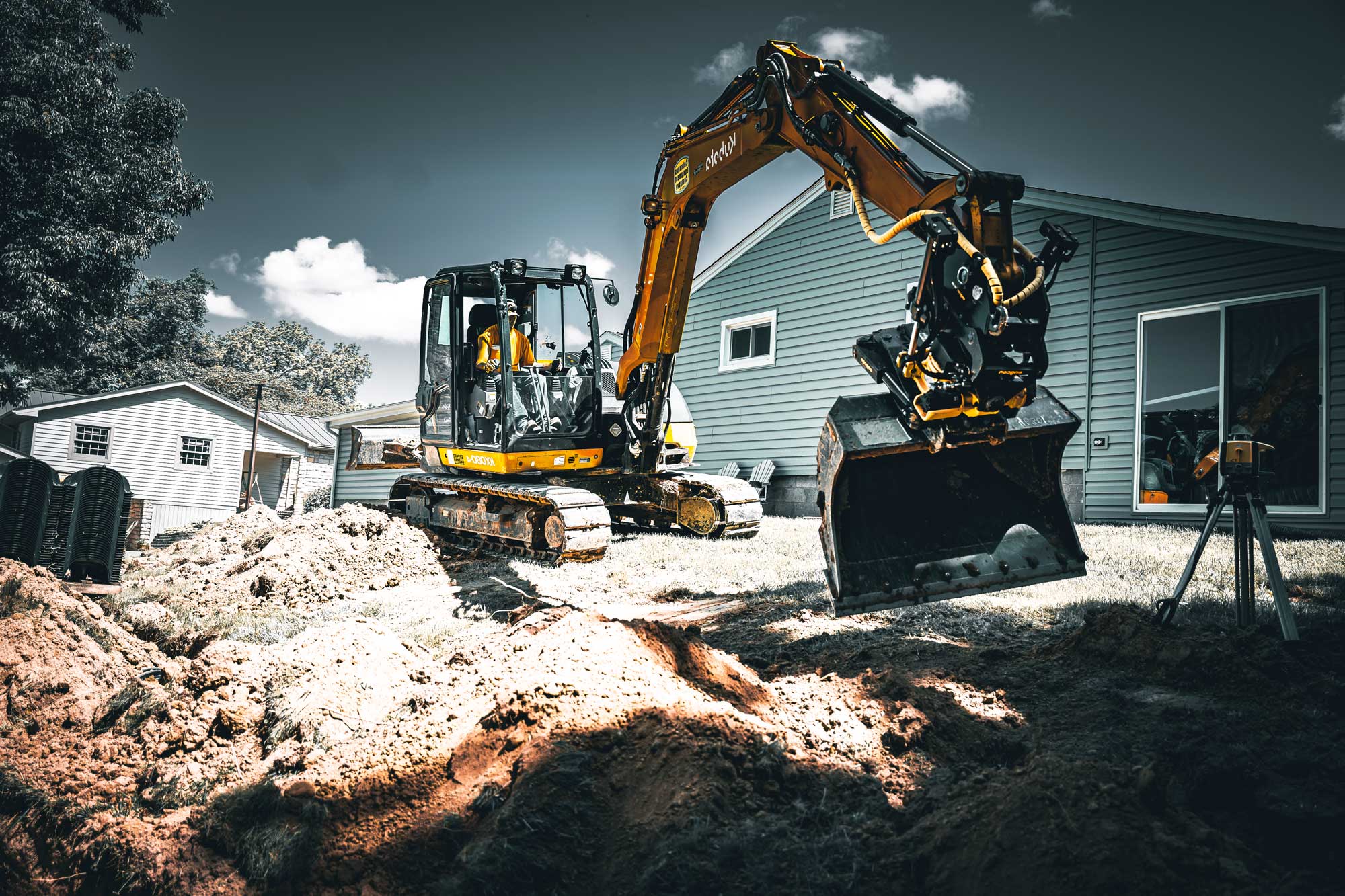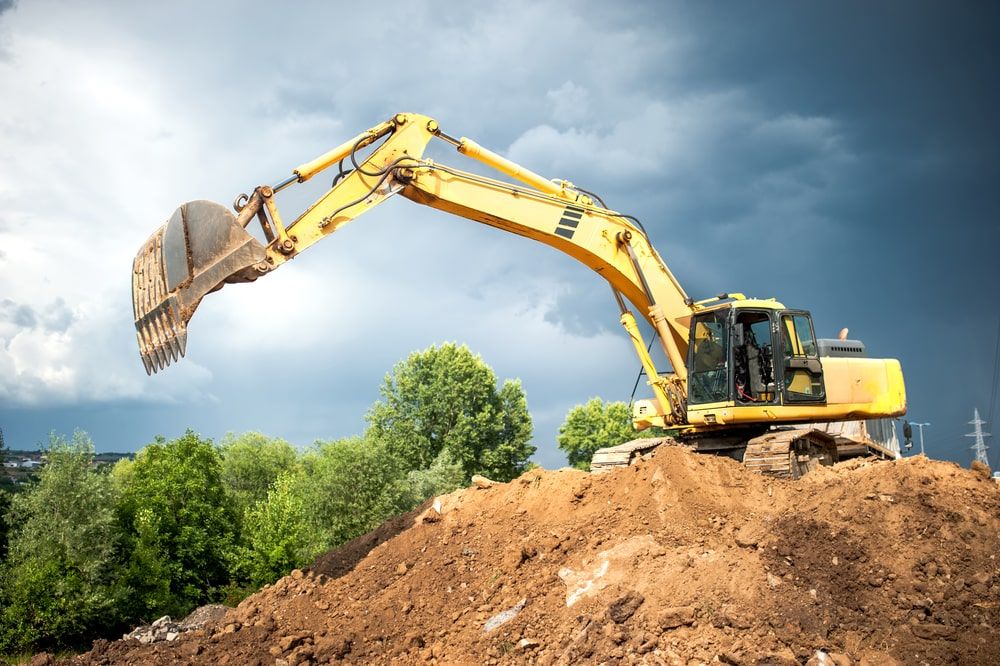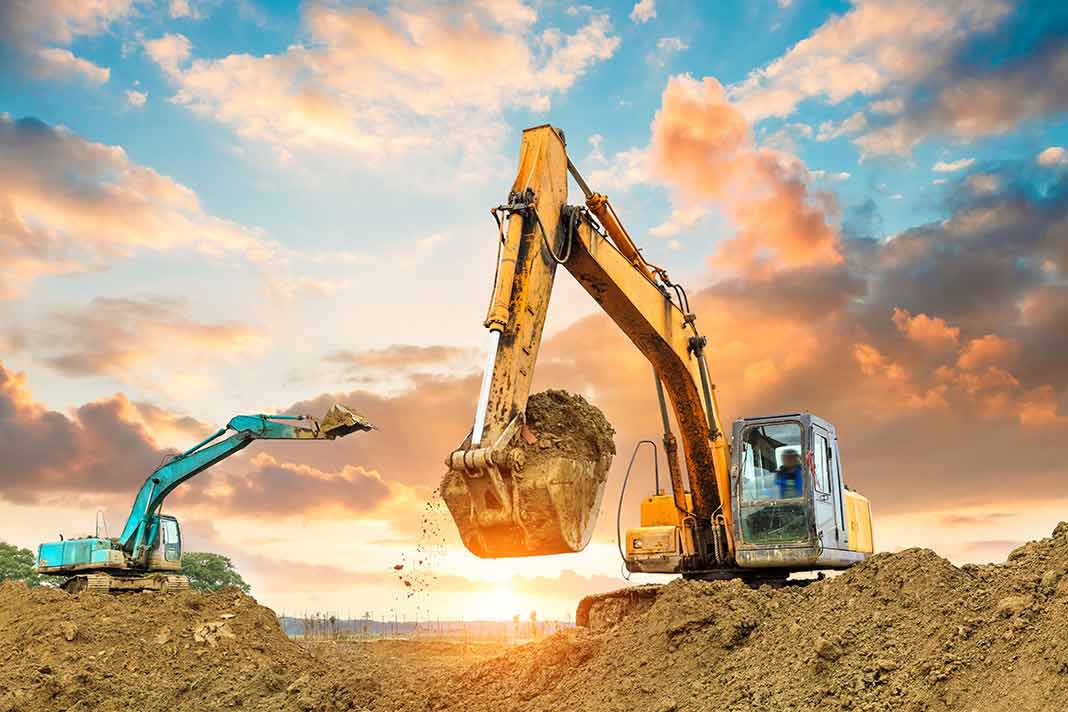Residential Excavating Ohio - Specialized Excavation for Ohio Residences
In-Depth Exploration: The Science Behind Superior Excavation Practices
The world of excavation techniques is a domain name where scientific research intertwines with craftsmanship to discover the secrets concealed underneath the planet's surface area. From ancient hand devices to contemporary hydraulic excavators, the evolution of excavation methods has actually been a testimony to human resourcefulness and technical advancements. However, what really sets remarkable excavation techniques apart is a deep understanding of geological concepts, paired with the application of cutting-edge tools and approaches. By exploring the science behind these techniques, we can reveal the keys that exist underneath our feet and appreciate the precision and knowledge that enter into every dig.
Advancement of Excavation Methods
Throughout history, the advancement of excavation methods has played a crucial duty ahead of time building techniques and historical discoveries. From the basic devices utilized by our forefathers to the advanced machinery used in contemporary times, the progression of excavation techniques has considerably changed exactly how we approach numerous jobs.
In ancient times, manual work with standard devices such as shovels, wheelbarrows, and pickaxes was the primary method of excavation. This labor-intensive procedure limited the deepness and range of excavations, typically resulting in sluggish progress and limited access to particular websites. As people progressed, so did the methods and devices used for excavation.
The Industrial Revolution marked a transforming point in excavation experiment the introduction of steam-powered equipment. This development transformed the area, permitting faster and much more extensive excavations. In modern times, modern technology plays a crucial duty in excavation, with innovations like GPS systems, drones, and 3D scanning boosting accuracy and efficiency in the area. The advancement of excavation techniques proceeds to shape the means we construct, explore, and understand the world around us.
Duty of Modern Technology in Excavation

The assimilation of cutting-edge technology has fundamentally revolutionized the field of excavation, improving accuracy and efficiency to unmatched degrees. Among the essential technological improvements that has actually dramatically impacted excavation techniques is the utilization of general practitioner systems. These systems enable accurate mapping of excavation websites, allowing operators to accurately situate below ground utilities and structures. In addition, making use of telematics in excavation devices has made it possible for real-time surveillance of machine performance, resulting in proactive upkeep and increased operational efficiency.
Moreover, the arrival of 3D modeling and simulation software program has structured the planning process for excavation projects. Designers and operators can currently visualize the entire excavation process prior to beginning, optimizing and identifying prospective difficulties operations. Along with this, the application of drones in excavation activities has assisted in airborne studies, volumetric dimensions, and site examinations with unequaled speed and precision.
Geological Principles in Excavation
An understanding of geological principles is important for making sure the architectural stability and stability of excavation sites. Geological factors play a crucial function in identifying the feasibility and safety of excavation jobs (lancaster trenching). One key geological concept to consider is the sort of dirt or rock present at the website. Various soil types, such as crushed rock, clay, or sand, have varying levels of stability and need various excavation methods. Natural soils like clay may call for added assistance to stop collapses, while sandy dirts might be prone to disintegration throughout excavation.
By conducting complete geological studies and analysis, excavators and designers can develop techniques to alleviate dangers and ensure the successful completion of excavation jobs. Ultimately, incorporating geological principles right into excavation methods is crucial for attaining risk-free, efficient, and lasting outcomes.

Most Current Devices for Excavation
In the world of excavation techniques, modern innovations in devices have changed the efficiency and precision of excavation processes. Among the most recent tools making waves in the sector is the use of drones outfitted with sophisticated imaging technology. These drones can offer in-depth aerial studies of excavation sites, providing real-time data on topography and possible dangers. This details help in much better planning and decision-making throughout the excavation process.
One more cutting-edge tool getting appeal is the execution of 3D Learn More Here printing technology for producing custom excavation tools. This permits for the production of specialized devices that are customized to the details needs of a project, raising effectiveness and decreasing downtime.
Additionally, innovations in materials science have actually led to the growth of more powerful and extra sturdy excavation devices. dump truck companies in ohio. Tungsten carbide-tipped excavator accessories, for instance, offer premium performance in challenging ground problems, enhancing performance on-site
Scientific research's Influence on Excavation Practices

Additionally, improvements in materials scientific research have led to the development of stronger, much more resilient excavation tools and devices. For example, the usage of composite materials in miners and shovels has improved their performance and longevity, inevitably boosting efficiency on excavation sites. Furthermore, scientific research on soil technicians and geotechnical design has actually offered beneficial understandings right into soil habits, enabling excavation professionals to make enlightened decisions pertaining to excavation methods and soil stablizing methods. Generally, scientific research proceeds to drive technology and enhancement in excavation techniques, making excavation projects much more reliable, economical, and sustainable.
Verdict
Finally, the development of excavation strategies has been greatly affected by developments in modern technology and a deeper understanding of geological principles. The current devices and wikipedia reference equipment utilized in excavation have enhanced effectiveness and accuracy in the area. The application of scientific knowledge has actually dramatically boosted excavation techniques, resulting in much more reliable and lasting methods for digging deep into different kinds of materials.
In the world of excavation practices, contemporary technologies in tools have reinvented the effectiveness and precision of excavation processes. By leveraging clinical concepts, the excavation sector has actually been able to dramatically boost effectiveness, accuracy, and safety and security in excavation processes. GPR allows excavation groups to non-invasively check and map subsurface frameworks, utilities, and prospective threats, allowing discover this them to intend excavation projects with greater precision and reduced risk of mishaps.
Additionally, scientific study on dirt mechanics and geotechnical design has provided important understandings into dirt behavior, enabling excavation experts to make informed choices relating to excavation approaches and dirt stablizing methods. In general, scientific research proceeds to drive technology and renovation in excavation practices, making excavation tasks extra effective, cost-efficient, and lasting.